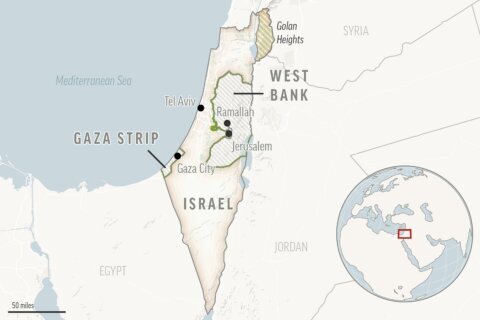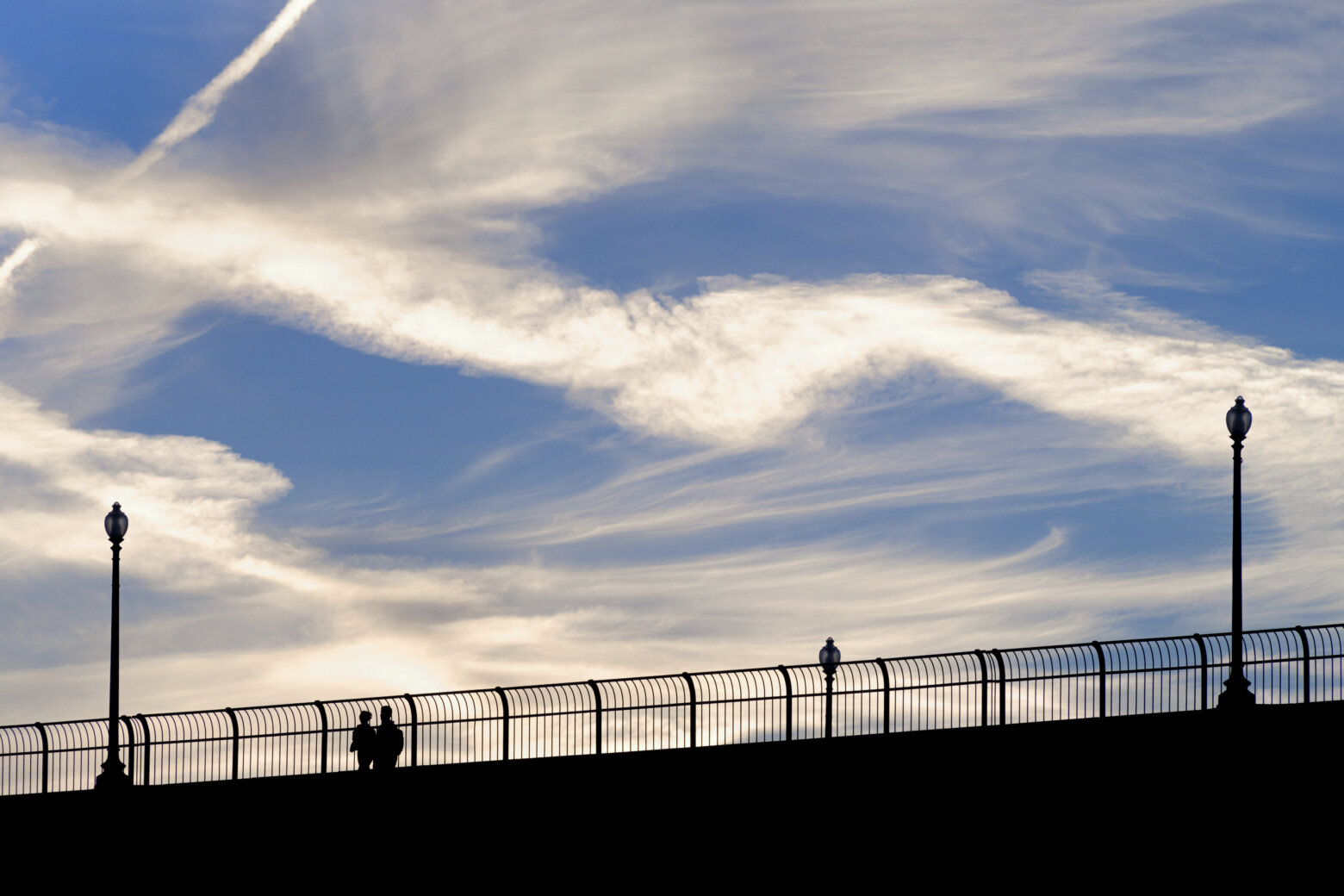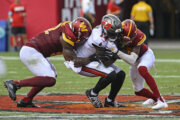As the media frenzy over Ebola dies down and lives are saved, the focus for public officials and hospital leaders has switched to the cost of treatment. It’s astronomically high, but it’s also unpredictable — anywhere from $8,500 to $50,000 per day.
Fortunately for Ebola patients treated in the U.S., most aren’t expected to pay themselves. For some patients, health insurance is picking up most of the tab, while donations have covered the rest. In some cases, hospitals have been absorbing costs, while others are looking for federal assistance.
Sen. Charles Schumer (D-N.Y.) has asked for $20 million to cover the costs associated with medical care for the single Ebola patient treated in his state and monitoring the patient’s contacts. President Obama has asked Congress to approve $6.2 billion in emergency funding by December 11 to cover Ebola-associated expenses, but that hasn’t happened yet. Even if the funding is approved, only $14.6 million has been earmarked for the state of New York.
As officials work out who will pay the bills for the Ebola cases in the U.S., they have to consider costs that can start climbing well before hands-on treatment begins.
Quarantine
Several states have announced mandatory quarantine policies for travelers from West Africa, the region hit hardest by the epidemic. Those policies require even healthy travelers to stay at home for at least 21 days, which is Ebola’s incubation period. It’s important to note that these quarantines are precautionary, and experts don’t consider them medically necessary. That’s because a person who is not exhibiting Ebola symptoms is not contagious.
Precautionary quarantines still contribute to the overall cost of Ebola, at about $1,000 per day per person. That figure includes expenses such as police escorts and food delivery but does not account for lost wages. It’s paltry in comparison to the cost of a medically necessary quarantine in a hospital setting.
Isolating an Ebola patient in a hospital represents the largest share of costs, says Andrew Fitch, health care pricing expert at NerdWallet. “That can cost upwards of $15,000 per day alone,” he says, and it’s not just a simple isolation. Quarantines occur in intensive care units, which are costly to operate on their own.
Isolation also includes a private room, which is usually sealed air-tight and is environmentally controlled. Any equipment the patient comes into contact with must be heat-treated to remove the virus, or else disposed of. It also includes the cost of personal protective equipment, or PPE — coveralls with a respirator, mask, gloves and foot coverings — for all workers who encounter the patient, according to the Centers for Disease Control and Prevention.
Labor Costs
Along with the cost of isolating the patient and containing the virus, there is the hefty cost of medical workers. More than 50 hospital staff members cared for the first Ebola patient treated in the U.S., Thomas Eric Duncan. He was in the hospital for nine days before he died of the infection.
With that many workers taking extreme but necessary precautions to prevent Duncan’s infection from spreading, hours added up quickly. For example, applying the full set of PPE for one person just to see the patient requires a lot of time and a second worker to act as an observer. It takes just as long to remove the PPE, a process that also needs a trained observer. A sterile room adjacent the patient room just for this purpose is also required.
Monitoring and Treatment
By the time you get to the costs of actually treating the patient, the daily bill for services is already huge. The good news is that treatment costs are smaller by comparison.
Patients who receive the experimental drug ZMapp can’t be charged for it, because it has not yet been approved by the Food and Drug Administration. For those who receive blood serum transfusions, the cost is higher, but there is no standard treatment for such an uncommon disease.
“These patients are vomiting, having diarrhea and losing a lot of fluids,” says NerdWallet’s in-house medical doctor, Fisayo Ositelu. “The support consists of replenishing those fluids and any lost electrolytes,” he adds. If patients don’t receive enough fluid support, they could become dehydrated and suffer an electrolyte imbalance.
Luckily for the patients treated in the U.S. so far, that hasn’t happened yet. While the global survival rate is about 53 percent, eight of the 10 patients treated stateside have been cured of the infection. In the end, those lives are worth far more than the money it takes to save them.
More from U.S. News
6 Ancient Treatments Doctors Still Use
9 Things to Do or Say When a Loved One Talks About Taking Their Life
Who’s Who at Your Doctor’s Office
Why Does Ebola Treatment Cost So Much? originally appeared on usnews.com







